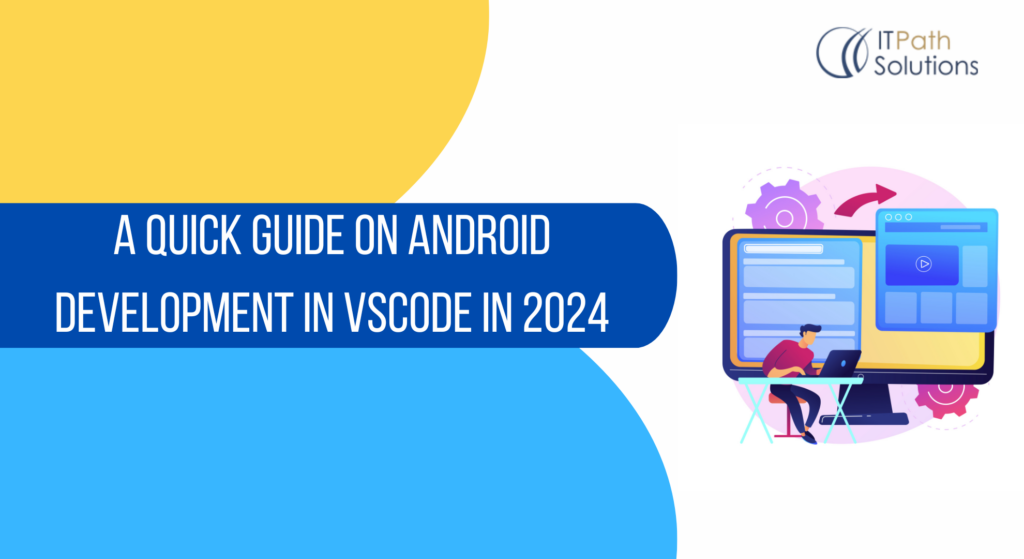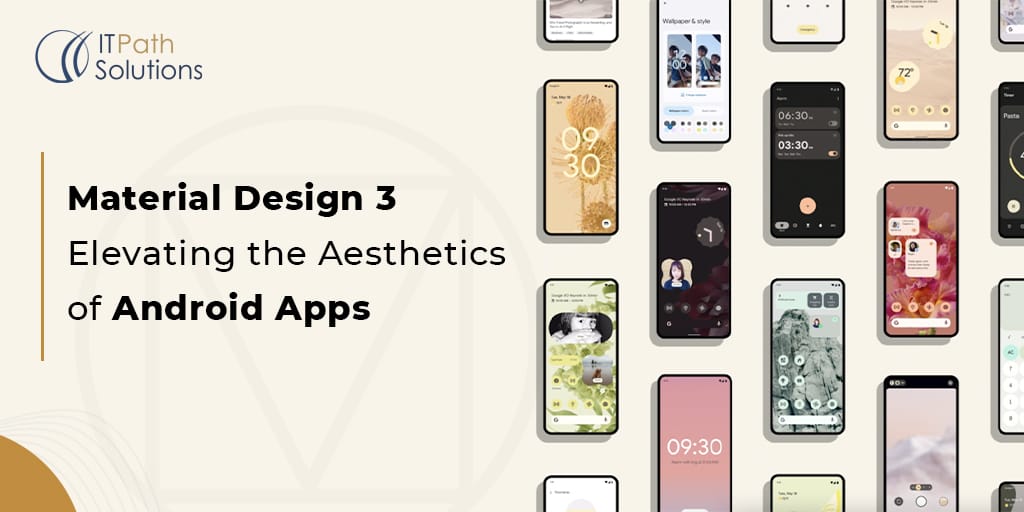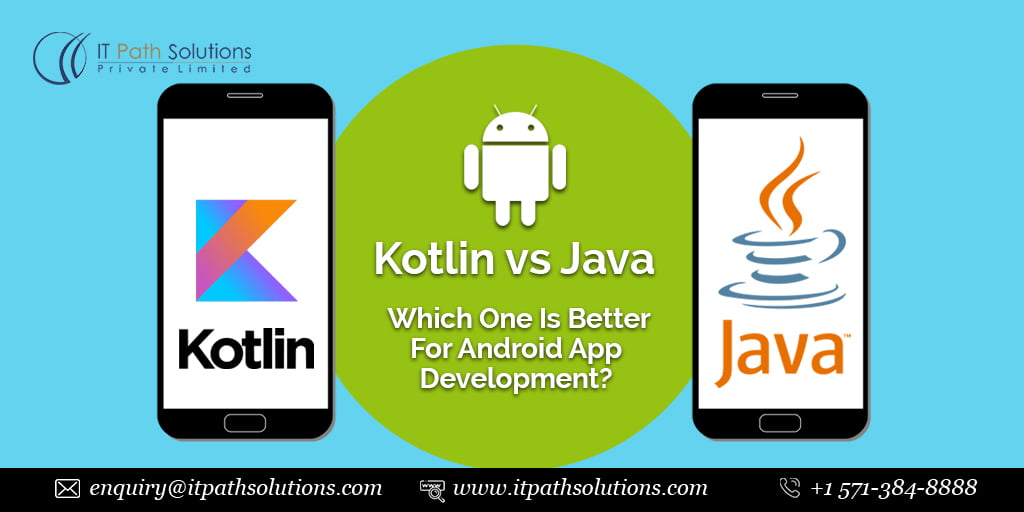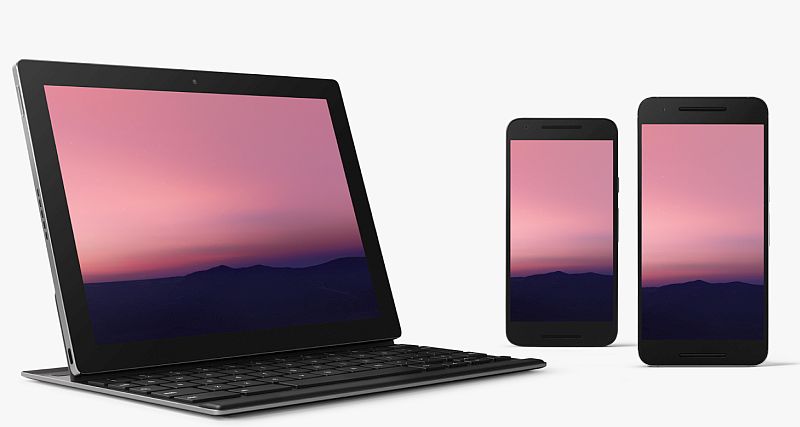Crafting Excellence: Unveiling the Prowess of Custom Native Android Development
Android Development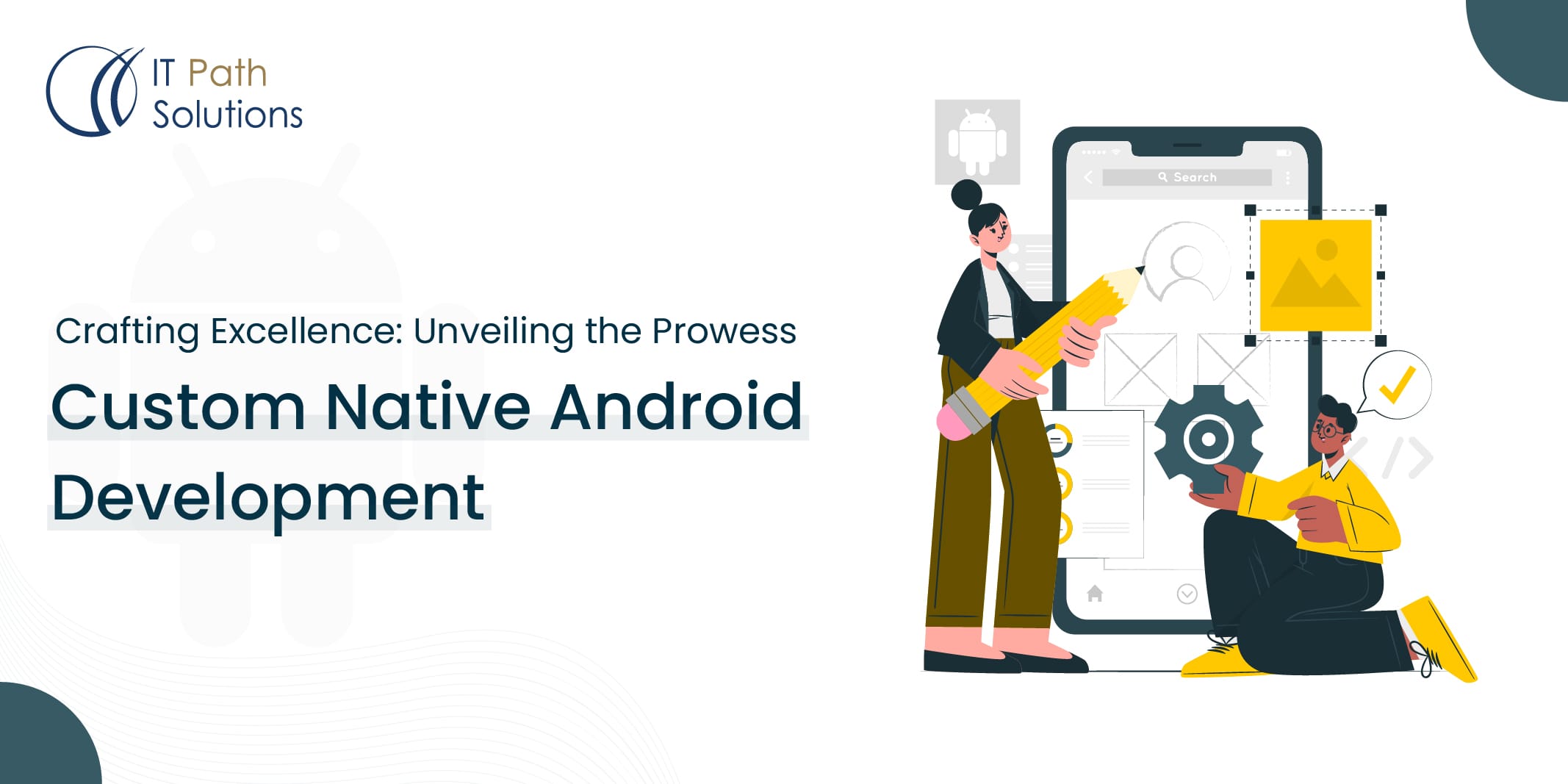
Introduction
In the constantly changing realm of mobile apps, where there are no limits to innovation, a question frequently becomes the focal point:“How can we develop Android applications that stand out from the rest? Exploring the solution to this question frequently directs us towards the journey characterized by the inventiveness, accuracy, and effectiveness of custom native Android development.”
Welcome to a journey into the realm of crafting excellence—a journey where we uncover the unparalleled capabilities of custom native Android development. This blog is your ticket to understanding why, when it comes to delivering top-tier performance and user experiences, nothing quite matches the prowess of going native.
In this exploration into native Android development, we will extensively examine the factors that justify why specifically designed native applications remain the industry’s benchmark. We’ll dissect the core elements that enable native apps to harness the full potential of Android devices, resulting in unmatched performance, user satisfaction, and a memorable brand presence.

Fig.1 : –Top Android Native Performance Advantage
Native Performance Advantage for Custom Native Android Development :
When it comes to creating top-notch Android applications that perform at their best custom native development is the way to go. Native development offers a range of benefits that directly contribute to performance, making it the preferred option for ambitious app projects.
Let’s take a look, at why native Android development stands out when it comes to delivering performance.
Hardware Optimization
One remarkable benefit of customizing native Android development is the capability to fully utilize the hardware capabilities of a device. Native applications are carefully optimized to seamlessly cooperate and function alongside with the central processing unit (CPU), graphics processing unit (GPU), random-access memory (RAM), and other hardware elements of the device. This leads to extremely fast performance, effective use of resources, and the capability to provide visually immersive and quick responses. Hardware optimization guarantees that native Android applications perform exceptionally by leveraging the distinct capabilities of every device, leading to unique levels of performance and user satisfaction. This includes having seamless animations and efficient data processing.

Fig.2 : –Hardware Optimization Illustration
Fluid User Experience
Native applications are well-known for their seamless and prompt performance.
A fluid user experience in custom native Android apps is crucial for several reasons:
- Prompt Responsiveness: Native apps are highly responsive to user input. When a user taps a button or swipes through a list, the app responds instantly. This prompt responsiveness is achieved by leveraging platform-specific APIs and system-level optimizations. Users don’t have to wait for the app to catch up with their actions, making it feel natural.
- Platform Integration: Native Android apps can fully integrate with the Android platform. They can access device hardware features like the camera, GPS, accelerometer, and more, offering a wide range of capabilities to enhance user experiences. Additionally, native apps can seamlessly interact with other Android apps, making it easier to share content and data across applications.
- Performance Optimization: Native app developers can apply performance optimization techniques specific to the Android platform. They can optimize memory usage, implement efficient data caching, and manage background processes effectively. These optimizations lead to quicker loading times, reduced battery consumption, and overall improved performance.
- Offline Functionality: Native Android apps can work seamlessly in offline mode. Developers can implement data caching and storage solutions to enable users to access content and features even when there is no internet connection. This offline functionality enhances user convenience and ensures that the app remains useful in various scenarios.

Fig.3 : – Fluid User Experience
Efficient Memory Management
Developers have precise control over memory management when using native Android development. This allows for efficient allocation and deallocation of memory resources, reducing the risk of memory leaks and app crashes.
Effective management of memory is especially crucial for long-running applications or those that require heavy data processing, such as games or multimedia apps.

Fig.4 : – Efficient Memory Management
Optimized for Multithreading
Apps that require simultaneous task execution, such as managing background processes or real-time updates, rely on multithreading as a crucial component.
Native development provides strong support for multithreading, enabling Android developers to design applications that can fully utilize multicore processors, guaranteeing swift execution of tasks.

Access to Platform-Specific APIs:
Platform-specific APIs and features can be accessed without any limitations by native Android applications. This enables developers to integrate deeply with Android’s ecosystem, accessing functionalities like cameras, sensors, GPS, and more. Using these APIs can lead to the development of highly specialized and feature-packed applications that are optimized specifically for the Android platform.
This depth of integration is challenging to achieve with cross-platform solutions, where access to platform-specific APIs can be limited or delayed due to compatibility issues, making custom native development the preferred choice for apps that demand deep integration and a high degree of specialization.

Fig.6 : – Access to Platform-Specific APIs Illustration
Superior Performance Tools:
Android Studio, which is widely recognized as the preferred integrated development environment (IDE) for native development, offers an extensive array of tools for optimizing performance and various options for profiling. These tools aid developers in efficiently identifying and resolving performance obstacles.

Fig.7 : –Superior Performance Tools Support
Swift Adoption of New Features
Native Android applications possess a clear advantage in terms of swiftly embracing the newest Android functionalities and updates. This ensures that your app remains competitive and can take advantage of the latest capabilities offered by the platform.
Our Android App Developers can quickly incorporate the newest Android updates and features into their applications through native Android development. Native app developers can promptly modify their apps to take advantage of the improvements and features introduced in the update when Google launches a new version of the Android operating system.
Conclusion
In conclusion, the advantages of custom native Android development are clear and compelling. From unparalleled performance to seamless integration with Android’s ecosystem, native apps excel in delivering a superior user experience. Developers benefit from powerful performance optimization tools and the ability to harness hardware-specific features. However, it’s essential to weigh these advantages against development timelines and costs when making the choice between native and cross-platform development. Ultimately, for apps that demand top-tier performance and deep integration with the Android platform, the native route remains the gold standard, ensuring your app stands out in today’s competitive marketplace.
 Healthcare
Healthcare  Education
Education  Real Estate
Real Estate  Logistic
Logistic  Fitness
Fitness  Tourism
Tourism  Travel
Travel  Banking
Banking  Media
Media  E-commerce
E-commerce  Themes
Themes
 Plugins
Plugins
 Patterns
Patterns
